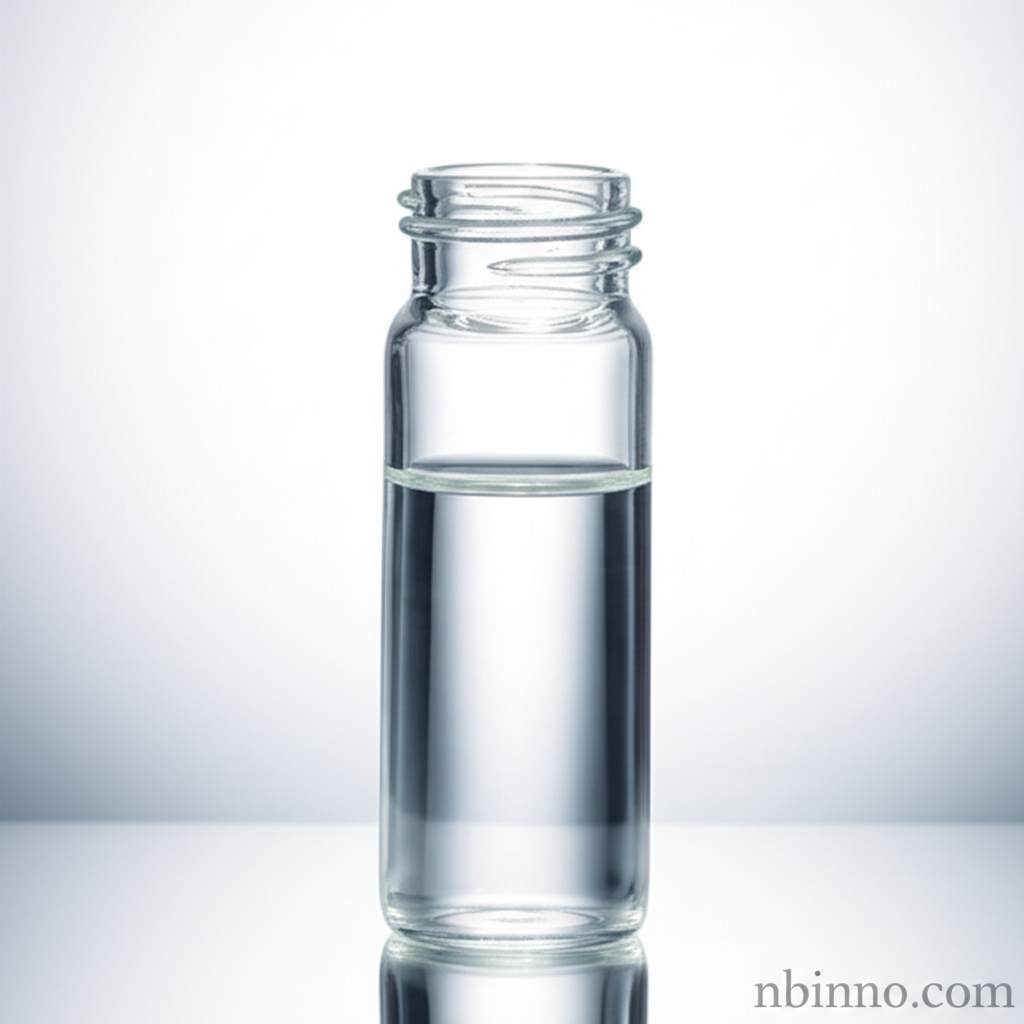Understanding (3-ACRYLOXYPROPYL) Tris (TRIMETHYLSILOXY) Silane: Properties, Applications, and Benefits
Explore the key characteristics and industrial significance of this versatile silane compound.
Get a Quote & SampleProduct Core Value

(3-ACRYLOXYPROPYL) Tris (TRIMETHYLSILOXY) Silane
This chemical compound, identified by CAS number 17096-12-7, is a colorless transparent liquid noted for its solubility in a variety of organic solvents. Its ability to hydrolyze and condense readily allows for the formation of polysiloxanes, making it a valuable component in material science and chemical formulations. It is recommended to store it in dry, cool, and ventilated conditions, away from moisture, high temperatures, and fire, offering a shelf life of at least 18 months under proper storage.
- Discover the 3-ACRYLOXYPROPYL Tris TRIMETHYLSILOXY Silane CAS 17096-12-7 and its role in various industrial processes.
- Learn about the benefits of using silane coupling agents for enhanced material performance, leveraging its solubility in organic solvents.
- Understand the hydrolysis and condensation reactions of silane compounds, crucial for forming polysiloxane structures.
- Explore the diverse uses of this chemical auxiliary as a surfactant, contributing to its versatility in applications.
Key Advantages
Versatile Solubility
Benefit from its excellent solubility in various organic solvents, which simplifies formulation and application processes for your specific needs.
Effective Polysiloxane Formation
Utilize its inherent property to hydrolyze and condense, enabling the effective formation of polysiloxane structures for advanced material properties.
Broad Industrial Applicability
Leverage its utility across multiple sectors, serving as a key ingredient in rubber auxiliary, plastic auxiliary, coating auxiliary, and textile auxiliary applications.
Key Applications
Rubber Industry
Enhance the properties of rubber products by incorporating this silane as an effective rubber auxiliary agent, improving material performance.
Plastics and Coatings
Improve the adhesion, durability, and overall quality of plastics and coatings by utilizing this compound as a plastic and coating auxiliary.
Textile and Leather
Benefit from its application in the textile and leather industries, where it can act as a specialized auxiliary agent to enhance material characteristics.
Surfactant Properties
Leverage its surfactant capabilities, allowing it to function effectively in formulations that require surface activity and improved dispersion.
